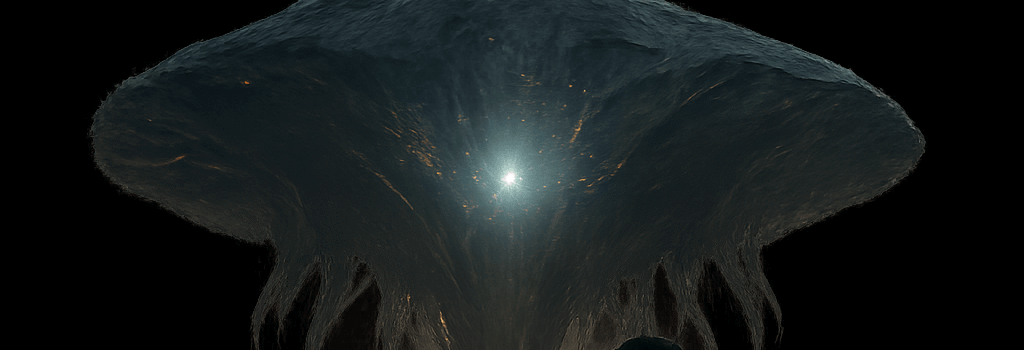Invasion Season 3 Trailer: A Sci-Fi Storytelling Leap

The newly released trailer for Invasion Season 3 offers viewers a tantalizing glimpse at what’s next in this high-stakes alien thriller. With the cryptic line—“Whatever happened before is just the beginning. What I saw is new, more powerful. And they’re not done.”—the showrunner confirms that the narrative and technical ambitions have both been ramped up.
“Whatever happened before is just the beginning. What I saw is new, more powerful. And they’re not done.”
Plot Teasers and Narrative Evolution
Season 3 picks up after the devastating finale of Season 2, deepening the human-alien conflict. Early shots in the trailer hint at expanded geographical settings—urban centers, underground bunkers, and even offshore platforms. Series writer Ana Martínez teases that “the stakes have escalated beyond anything we’ve shown before,” pointing to new alien abilities and human alliances driven by advanced technology.
Character Arcs and New Threats
- M. J. Simmons returns with a more strategic role, leveraging improvised EMP devices to combat advanced scout drones.
- Dr. Farid Khan unveils breakthroughs in reverse-engineering alien bio-signatures after harvesting nanite samples.
- Introductions of two new antagonists: a rogue military AI “Specter” and a hive-mind lieutenant with telepathic link capabilities.
Technical Behind the Scenes: Cinematography and VFX Pipeline
Behind the lens, the production employs ARRI ALEXA LF cameras paired with Zeiss Supreme Prime lenses to capture 6.5K raw footage at 24 fps. The HDR color pipeline utilizes Dolby Vision grading in DaVinci Resolve, ensuring rich contrast for both nighttime firefights and the eerie glow of alien technology.
- Rendering: Industrial Light & Magic’s pipeline using Autodesk Maya, SideFX Houdini, and Foundry Nuke.
- GPU Cloud Rendering: NVIDIA RTX 6000 GPU nodes on AWS Thinkbox Deadline, reducing frame render times by 30%.
- Motion Capture: Vicon Vantage system with real-time markerless tracking in Unreal Engine 5 for live previs across complex set builds.
AI-Enhanced Visual Effects and Cloud Rendering
Season 3 leans heavily on machine learning to streamline VFX. AI denoising models (OpenImageDenoise) refine low-light plates, while proprietary deep-learning tools interpolate missing frames for ultra-smooth slow-motion sequences. The VFX team also uses TensorFlow-based neural networks to automate crowd simulations during large-scale invasion scenes.
- DeepFaceLab for facial performance refinement in stunts involving face-replacement.
- Topaz Video AI for real-time upscaling of legacy footage integrated into flashback sequences.
- Cloud-native asset management on Google Cloud Storage with a Kubernetes-driven CI/CD pipeline to deploy updates to editing stations globally.
Expert Perspectives: Interviews and Industry Insight
We spoke with VFX Supervisor Derek Shaw and Director of Photography Leila Zhu to unpack the technical challenges:
- Derek Shaw: “Coordinating cloud renders across AWS and on-prem GPU farms meant we could iterate on shots overnight. Our biggest win was reducing feedback loops from 48 to 12 hours.”
- Leila Zhu: “Shooting volumetric lighting in open desert required custom LED arrays and real-time IN-CAM VFX for directors to visualize alien ships in frame.”
Impact on Streaming Trends and Viewer Engagement
As global streaming platforms compete, Invasion Season 3 represents a benchmark in delivering cinema-grade production value directly to home audiences. Nielsen reports a 20% uptick in engagement metrics when sci-fi shows deploy behind-the-scenes content and real-time live chats. This trailer drop coincides with interactive AR filters on social apps, further blurring the line between promotion and immersive fandom.